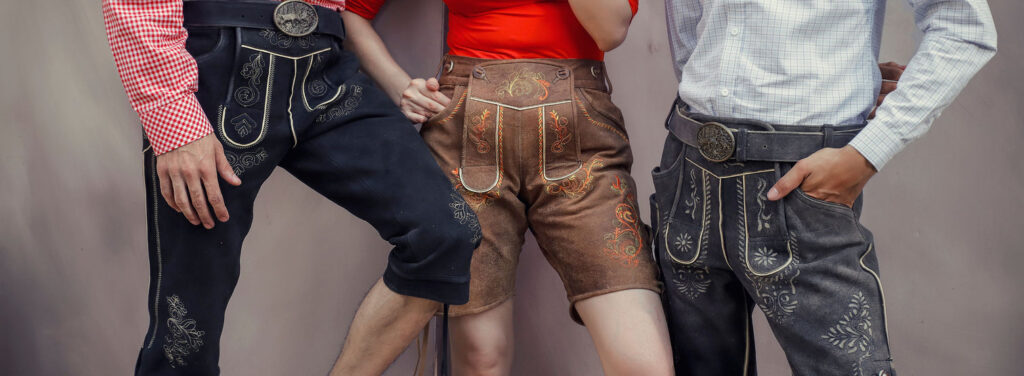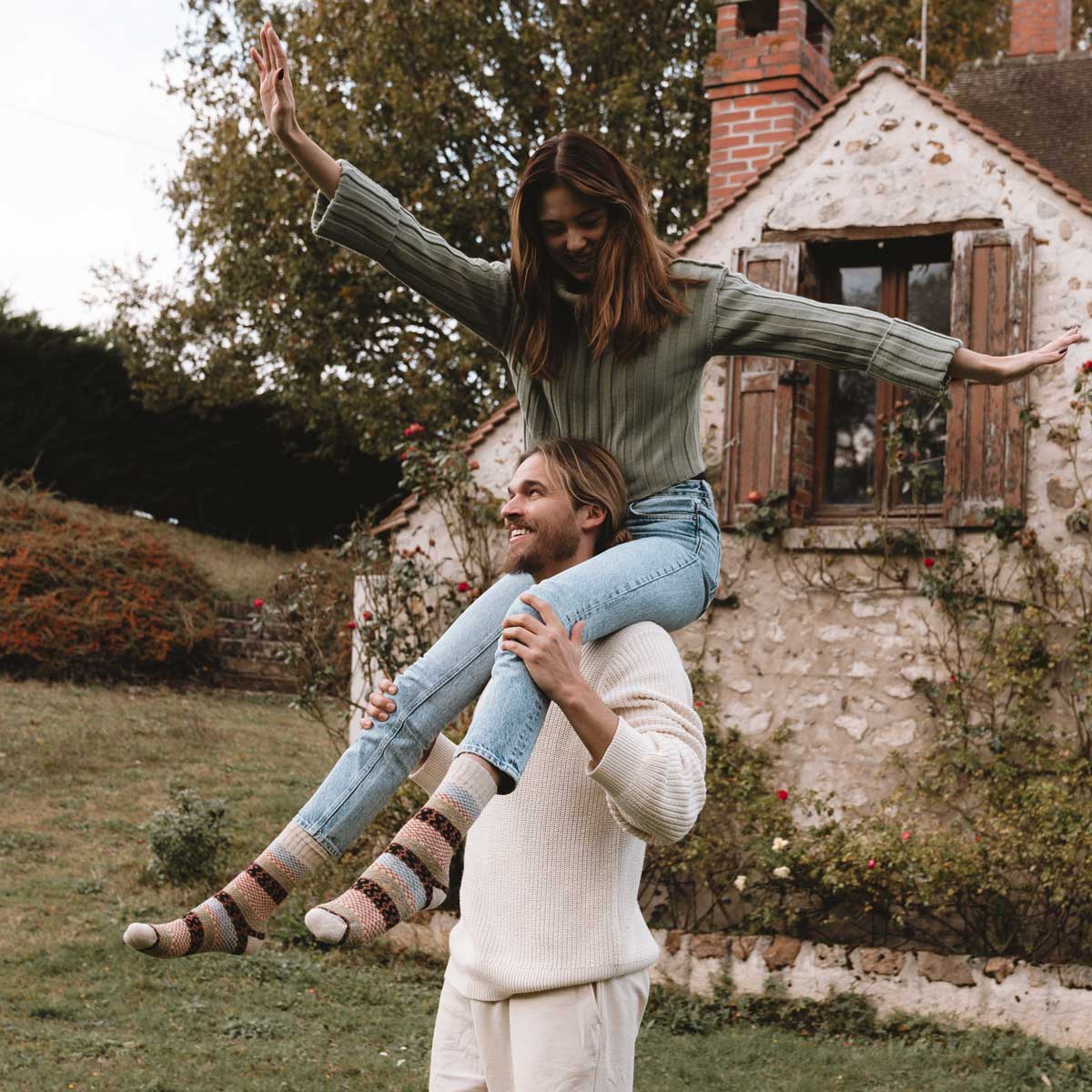The Timeless Story of the Dirndl – Bavaria’s Traditional Dress Making a Comeback
Few garments carry as much cultural weight and charm as the dirndl. This iconic piece of clothing is more than just a dress — it is a vivid symbol of Bavarian heritage, tradition, and identity. The traditional bavarian dress has survived centuries of change and even obscurity, only to return with renewed vigor as a fashionable and meaningful choice in today’s global cultural landscape.
In this article, we’ll trace the captivating journey of the dirndl from its rural origins to its resurgence on modern runways and Oktoberfest celebrations. We will explore why the dirndl continues to enchant wearers and how it has adapted to contemporary tastes without losing its deep connection to Bavaria’s roots.
Origins of the Dirndl – From Peasant Garment to Bavarian Icon
The story of the dirndl begins humbly in the Alpine regions of southern Germany and Austria. Originally, it was a practical outfit worn by peasant women who worked hard on farms and in households. The garment was designed for comfort, durability, and ease of movement — necessities for the rural lifestyle.
The traditional dirndl consisted of a simple bodice, a full skirt, and an apron, often made from locally sourced fabrics. Its design was straightforward, reflecting the modest means of its wearers. Despite its humble beginnings, the dirndl carried with it a sense of identity and belonging for the women who wore it.
Over time, the dirndl evolved, both in style and social significance. By the late 19th century, it was embraced by the upper classes as a symbol of nostalgic romanticism for a simpler, pastoral life. The traditional bavarian dress gained popularity in urban areas, where it was worn for festivals and cultural events.
The Dirndl’s Role in Bavarian Culture and Tradition
More than a mere costume, the dirndl embodies Bavarian values and traditions. It is worn proudly at festivals like Oktoberfest, where locals and visitors alike don the dress to celebrate Bavarian culture with music, dance, and camaraderie.

The dirndl is a vivid reminder of the region’s history — its folk tales, customs, and community spirit. Wearing a dirndl is a way of connecting with one’s heritage, honoring ancestors, and expressing pride in Bavarian identity.
Interestingly, every detail of the dirndl holds meaning. The bow tied on the apron, for instance, can indicate the wearer’s relationship status — a tradition that adds a layer of social communication to the attire. This nuanced symbolism enriches the experience of wearing and appreciating the dirndl.
How the Dirndl Has Adapted Through the Decades
Fashion is never static, and the dirndl is no exception. Throughout the 20th century, the dirndl faced challenges as modern clothing styles took hold, and traditional dress was sometimes viewed as outdated.
However, rather than fading into obscurity, the dirndl found ways to adapt. Designers began experimenting with fabrics, colors, and cuts while respecting the core elements that define the dress. This balance of innovation and tradition allowed the dirndl to remain relevant.
Today, contemporary dirndls can be found in a wide range of styles — from classic, historically accurate recreations to bold, fashion-forward interpretations. The modern dirndl offers a spectrum of options, appealing to those who seek authenticity and those who embrace creative expression.
Brands like eDirndl have contributed significantly to this revival. By crafting high-quality dirndls that blend traditional techniques with modern tailoring, they have made the traditional bavarian dress accessible and desirable to a global audience.
The Dirndl’s Comeback – A Fashion and Cultural Phenomenon
In recent years, the dirndl has experienced a remarkable resurgence, both in Bavaria and internationally. This comeback is driven by a renewed interest in cultural roots, sustainability, and unique fashion statements.
The rise of Oktoberfest as a global festival has been a major factor. Millions of people from around the world participate in the event annually, seeking an authentic Bavarian experience. Wearing a dirndl is often part of that experience — a way to immerse oneself in the tradition.
Beyond Oktoberfest, the dirndl has captured the attention of fashion designers and influencers. It is featured in fashion shows, magazines, and social media, often paired with contemporary accessories that give it a fresh edge.
This modern revival reflects a broader trend of embracing traditional garments in new and exciting ways. The dirndl is no longer confined to rural Bavaria but is celebrated as a timeless garment with universal appeal.
Why the Dirndl Resonates Today
The enduring popularity of the dirndl can be attributed to several factors that resonate deeply with modern wearers.
Firstly, the dirndl offers a strong connection to heritage. In an increasingly globalized world, many people seek ways to express their cultural identity and preserve tradition. Wearing a traditional bavarian dress like the dirndl allows for a tangible, beautiful connection to the past.
Secondly, the dirndl’s design is inherently flattering and versatile. Its fitted bodice and full skirt create a silhouette that many find appealing, while the apron adds a charming, customizable detail. The dress suits a wide range of occasions, from formal events to casual celebrations.
Thirdly, the dirndl embodies a spirit of celebration and community. It is synonymous with joy, festivity, and togetherness — values that are cherished in today’s often fragmented world.
Finally, the craftsmanship and quality materials used in making dirndls ensure longevity and durability. This emphasis on quality aligns with current consumer trends that favor sustainable and meaningful fashion choices over fast fashion.
The Symbolism Behind the Dirndl’s Details
Every element of the dirndl carries significance, making it a rich symbol of Bavarian culture.
The apron bow, for example, is more than decorative. When tied on the left side, it traditionally signals that the wearer is single and potentially open to courtship. A bow tied on the right side indicates that the wearer is married or taken. Tying the bow in the center means the woman is a virgin, while a bow at the back can signify widowhood.
The colors and patterns of the fabric can reflect regional styles and personal taste. Floral patterns are common, representing the natural beauty of the Alpine region.
Even the length of the skirt has meaning — shorter skirts are more modern and youthful, while longer skirts are considered more traditional.
These details add layers of meaning and enjoyment to wearing the dirndl, turning it into a conversation starter and a piece of living history.
Styling the Dirndl in Modern Times
One of the reasons the dirndl is making such a strong comeback is its adaptability to modern fashion.
Contemporary wearers often pair the traditional dress with stylish blouses featuring lace or puffed sleeves, creating a romantic and feminine look. Some experiment with accessories such as statement jewelry, handbags, and even modern footwear to add personality to the outfit.
In colder months, dirndls can be layered with cozy cardigans or wool jackets, proving their practicality beyond festival season.
Designers also offer variations that use unconventional fabrics or colors while maintaining the classic silhouette. This innovation has broadened the dirndl’s appeal, attracting younger generations who want to honor tradition but also stand out with unique style choices.
Brands like eDirndl exemplify this blend of tradition and trend, offering a range of dresses that suit every preference — from classic elegance to contemporary chic.
The Dirndl Beyond Bavaria – Global Appreciation
While the dirndl is undeniably a symbol of Bavarian culture, its appeal has spread worldwide.
German communities abroad celebrate Oktoberfest with traditional attire, introducing the dirndl to diverse audiences. International fashion circles have also embraced the dirndl for its unique design and cultural significance.
This global appreciation has inspired designers to create dirndls that respect tradition but incorporate elements suited to different tastes and climates.
The dirndl’s international popularity has helped sustain its production and evolution, ensuring that this traditional bavarian dress remains vibrant and relevant.
Caring for Your Dirndl – Preserving a Legacy
Owning a dirndl is an investment in culture and craftsmanship. Proper care ensures the garment’s beauty and longevity.
Since dirndls are often made with delicate fabrics and intricate embroidery, gentle cleaning is essential. Hand washing or dry cleaning is recommended to avoid damage.
Storage should be done carefully, with attention to avoiding wrinkles and protecting delicate details.
Many brands, including eDirndl, provide care instructions and support to help owners preserve their dresses, highlighting the importance of maintaining this traditional bavarian dress for generations to come.
The Future of the Dirndl – Tradition Meets Innovation
As the dirndl continues to captivate new audiences, its future looks bright. Designers are experimenting with new materials, cuts, and decorative elements that respect the garment’s heritage while pushing creative boundaries.
Sustainability is also becoming a key focus, with eco-friendly fabrics and ethical production methods gaining traction.
The dirndl’s ability to adapt while maintaining its core identity makes it a timeless garment — one that will continue to inspire pride, joy, and connection for years to come.
Conclusion – Celebrating Heritage Through the Dirndl
The dirndl is much more than a dress; it is a living symbol of Bavarian history, culture, and identity. Its journey from humble peasant wear to a celebrated traditional bavarian dress and fashion statement illustrates the power of clothing to tell stories and unite people.
Today, the dirndl is experiencing a well-deserved renaissance, embraced by wearers young and old, traditionalists and trendsetters alike. Whether worn at Oktoberfest, cultural events, or simply as an expression of pride, the dirndl remains a timeless garment full of meaning and beauty.
If you’re inspired to explore this tradition, consider discovering the exquisite collections from eDirndl, where heritage meets modern craftsmanship.
Embrace the magic of the dirndl — a timeless story woven into every stitch, celebrating Bavaria’s rich past and vibrant future.


